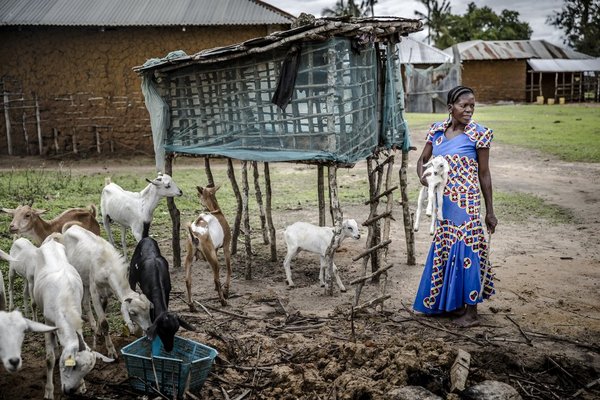|
Getting your Trinity Audio player ready...
|
The world’s smallholder farmers produce around a third of the world’s food, according to new research published by the Food and Agriculture Organization of the United Nations (FAO) in April 2021.
Five out of six farms in the world consist of fewer than two hectares, operate only around 12 percent of all agricultural land, and produce roughly 35 percent of the world’s food. Smallholders’ contributions to food supply vary enormously between countries, with the share as high as 80 percent in China and in low single-digits for Brazil and Nigeria.
The family farm does not necessarily mean small farm
It is imperative to avoid the use of the terms “family farm” and “small farm” interchangeably, the FAO points out. The majority of family farms are small, but some are larger and even very large.
According to updated estimates, there are more than 608 million family farms around the world, occupying between 70 and 80 percent of the world’s farmland and producing some 80 percent of the world’s food in value terms.
The new research teases out estimates of farm size: around 70 percent of all farms, operating on just 7 percent of all agricultural land, cover less than one hectare, while another 14 percent of farms, controlling 4 percent of the land, are between one and two hectares, and a further 10 percent of all farms, with 6 percent of the land, have between two and five hectares.
However, one percent of farms in the world – each covering over 50 hectares – operates more than 70 percent of the world’s farmland, and nearly 40 percent of agricultural land is taken up by farms exceeding 1000 hectares.
Farm size increases with average national income levels
Large regional variations highlight the importance of the general levels of economic development. Farm size generally increases with average national income levels, with 99 percent of farms in high-income countries larger than five hectares compared to only 28 percent in low-income countries.
Regional and local factors are also illuminating. In regions such as South Asia and sub-Saharan Africa, for example, smallholdings occupy a much larger share of agricultural land than the global average.
Farm size does not always correlate with the production of specific commodities. For example, in Mongolia, farms not owned by households but organised as business units and organisations account for 90 percent of wheat production. In Tanzania, there are only a handful of large farms occupying just 7 percent of agricultural land, but they are responsible for 80 percent of the country’s wheat output and 63 percent of its tea.
Likewise, changes in farm size must be grasped in the local context. An increase in medium-scale farms in Zambia, for example, appears to be attributed to salaried urbanites rather than smallholders increasing the land under their control. Interestingly, there has been an increase in the number of smallholdings in Brazil and the United States of America – both agricultural powerhouses – even though the share of cropland controlled by large farms has increased. Whether that reflects growing inequality or a boom in locally sourced and consumed foods warrants further study, the authors say.
Source: The International Journal for Rural Development






